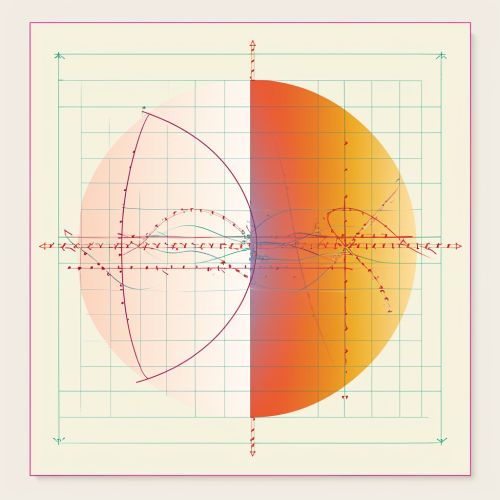Complex Plane
Introduction
The complex plane, also known as the Argand plane or the Gauss plane, is a geometric representation of the set of complex numbers. It extends the concept of the one-dimensional number line to two dimensions. A complex number, z, can be represented as a point in this plane, with the real part of z forming the x-axis and the imaginary part forming the y-axis.


Description
The complex plane is an essential tool in the field of complex analysis, a branch of mathematics that studies functions of complex numbers. It allows for a visual interpretation of complex numbers and their operations, such as addition, subtraction, multiplication, and division.
A complex number is a number of the form a + bi, where a and b are real numbers, and i is the imaginary unit with the property that i^2 = -1. In the complex plane, the number a + bi is represented as the point (a, b). The x-coordinate (horizontal axis) represents the real part (a), and the y-coordinate (vertical axis) represents the imaginary part (b).
Cartesian and Polar Form
Complex numbers can be represented in both Cartesian and polar forms. In the Cartesian form, a complex number z is represented as z = a + bi, where a is the real part and b is the imaginary part. In the polar form, a complex number z is represented as z = r(cos θ + i sin θ), where r is the magnitude (or modulus) of z and θ is the argument (or angle) of z.
Operations in the Complex Plane
- Addition and Subtraction ###
Addition and subtraction of complex numbers in the complex plane correspond to the addition and subtraction of vectors. The sum or difference of two complex numbers is obtained by adding or subtracting their corresponding real and imaginary parts.
- Multiplication and Division ###
Multiplication and division in the complex plane involve both the magnitudes and arguments of the complex numbers. The product of two complex numbers is a complex number whose magnitude is the product of the magnitudes and whose argument is the sum of the arguments. The quotient of two complex numbers is a complex number whose magnitude is the quotient of the magnitudes and whose argument is the difference of the arguments.
Complex Conjugate and Absolute Value
The complex conjugate of a complex number is the number with the same real part and the negated imaginary part. In the complex plane, the complex conjugate of a complex number is its reflection in the real axis. The absolute value (or modulus) of a complex number is its distance from the origin in the complex plane. It is given by the Pythagorean theorem as |z| = sqrt(a^2 + b^2), where z = a + bi.
Functions of Complex Numbers
Functions of complex numbers can be visualized in the complex plane. For example, the function f(z) = z^2 maps a complex number z to its square. In the complex plane, this function corresponds to a rotation and dilation.
